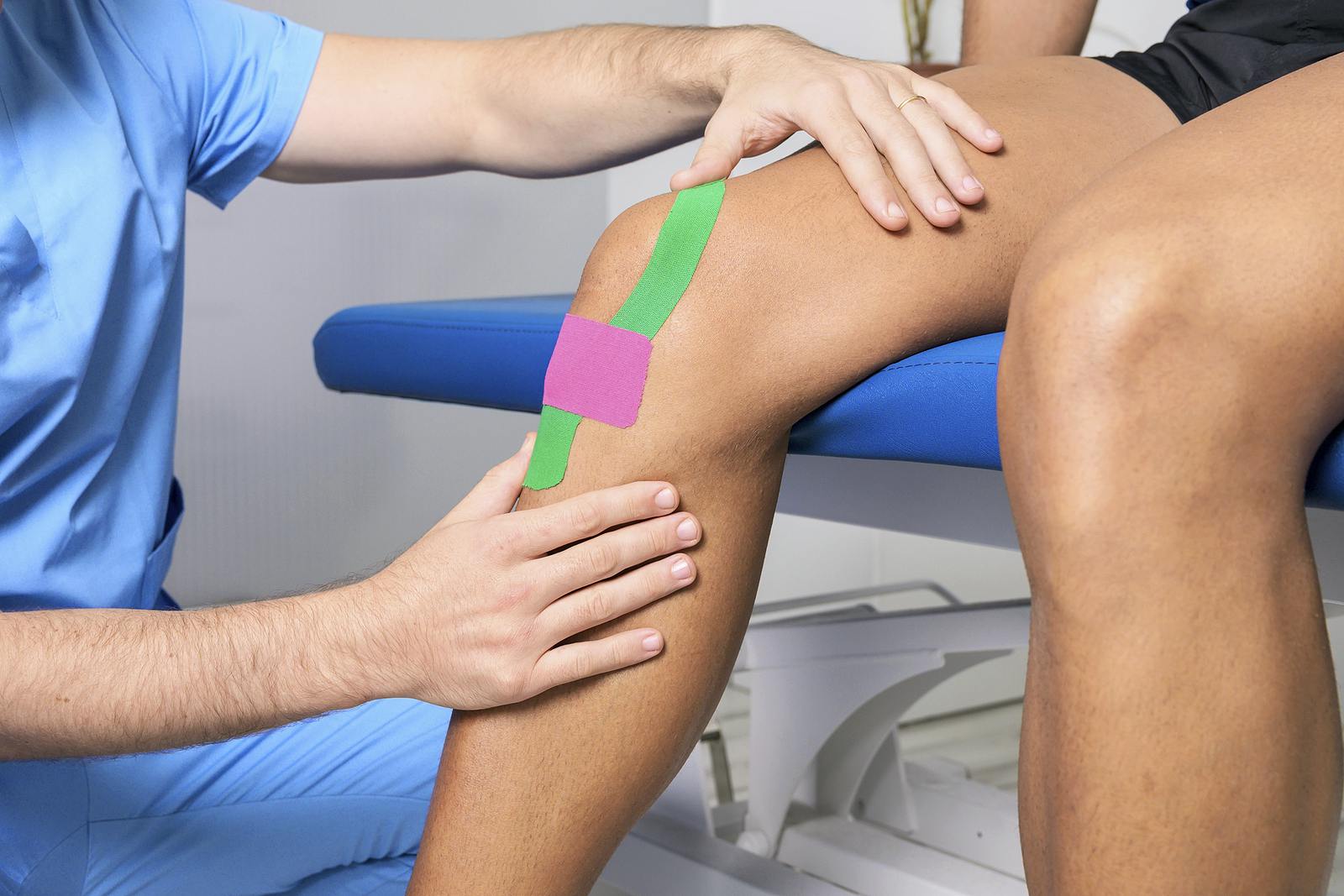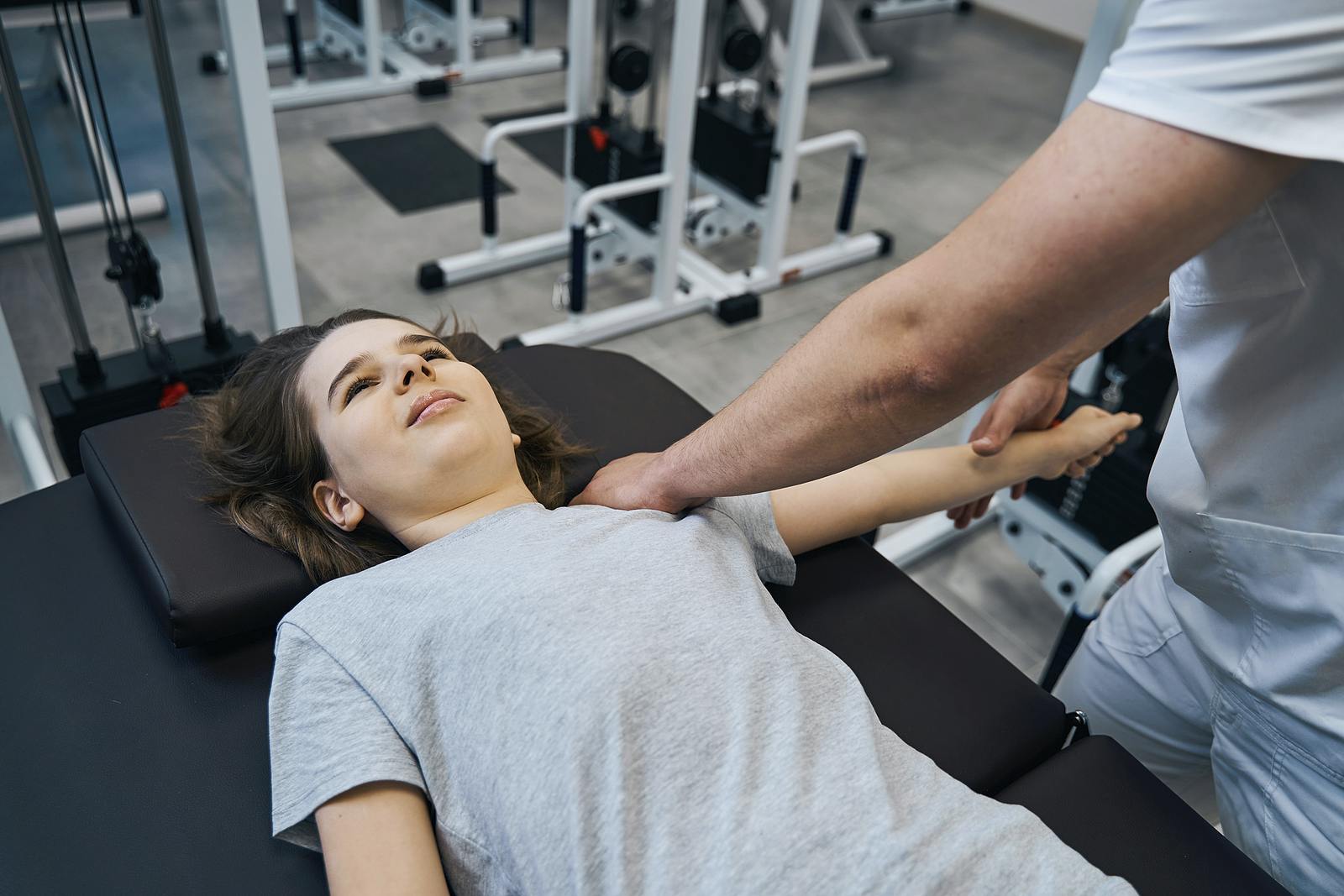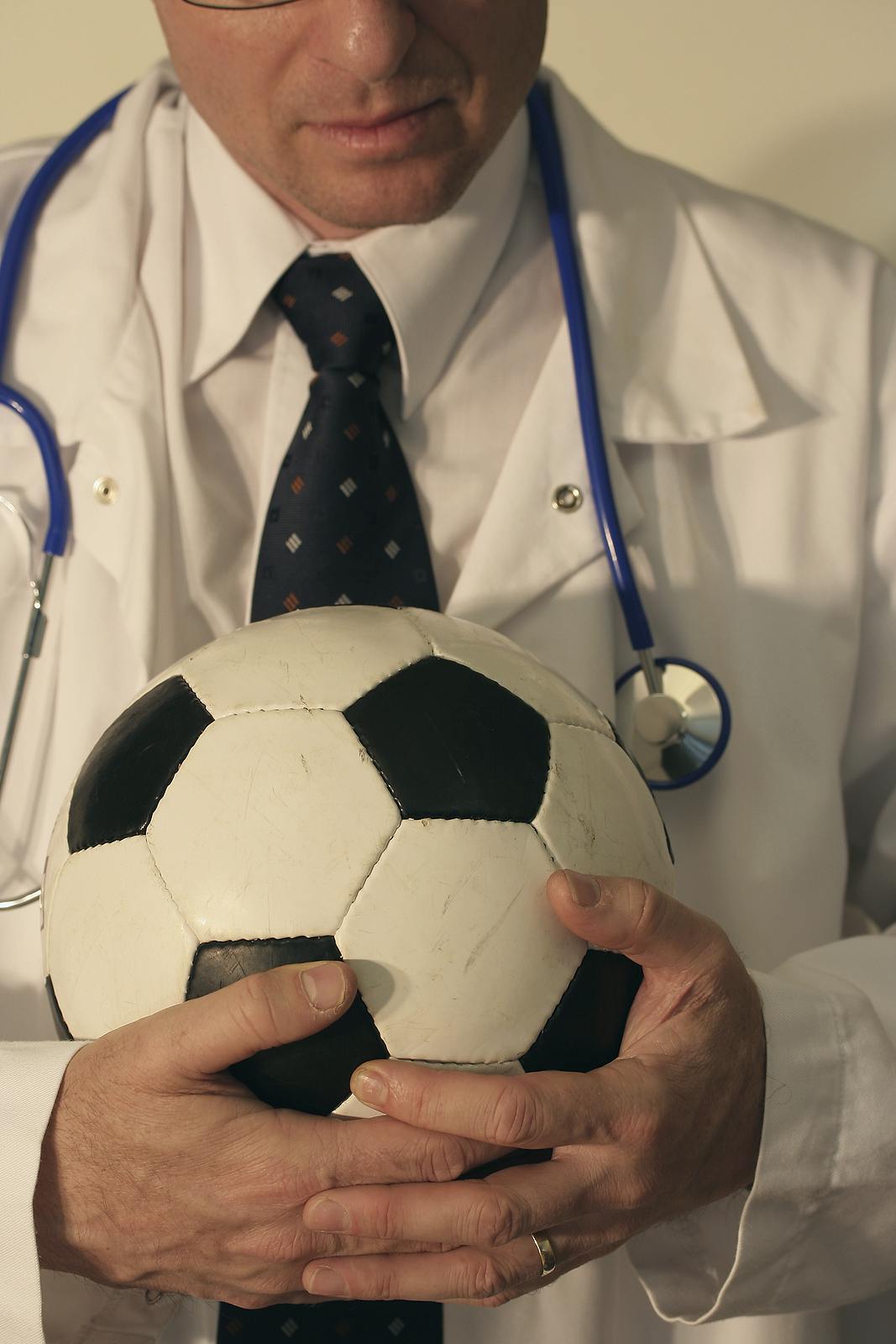Sports Injuries and rehabilitation

Sports, contact or non-contact, hold a risk for injuries. Athletes are deeply dedicated to their sport, and for many, winning a game can feel more important to them than anything else in the world. No matter if you’re an amateur, collegiate, or professional athlete, sports injuries require specialized physiotherapeutic rehabilitation, that helps you achieve pre-injury status and makes you stronger than ever to avoid re-injury. Professional athletes train throughout the year to prepare for the sports season.
Training occurs in specific rounds with intensity increasing over time. It helps the athlete reach their sport-specific level of strength, agility, flexibility, and power several weeks before the tournament. Sport-specific training places more and more stress on the athlete’s muscles and joints, making them vulnerable to fatigue and injury. Therapists at TruWell Physical Therapy provide supportive care to athletes and treat those minor injuries in time, so you can get back to training as soon and safely as possible. We provide personalized training programs as per the athletes’ requirements. Furthermore, our trained and experienced professionals provide rehabilitation for any and all sports-related injuries including:
- Muscle strains
- Ligament sprains
- Tendonitis
- Bursitis
- Overuse injuries
- Rotator cuff injury
- Post-fracture recovery
- Post-surgical recovery

- Muscle Strains
- Ligament Sprains
- Tendonitis
- Bursitis
- Overuse Injuries
- Rotator Cuff Injury
- Post-Fracture Recovery
- Post-Surgical Recovery
Common Sports Injuries and how they present:
- Pulled muscles
Muscle strains are the most common sports injuries that usually occur due to improper technique or an inadequate warm-up. The muscles commonly strained during sports include hamstrings, quadriceps, groin, and calf. A pulled muscle requires rest to heal but inactivity makes it prone to weakness. Physical therapists at TruWell Physical Therapy Clinic will help you retrain the injured muscle to regain your strength and restore the balance in your body. - Sprains
Ligaments are the structures that join two bone ends. They are usually pulled during twisting movements at a joint. Ankle sprains are most common in sports-related injuries but occasionally knees, wrists, and elbows are also affected. Some common sprain injuries include tennis elbow, ACL tear, etc.Complete healing of a sprained ligament takes a whole year. But with early rehabilitation, you can soon gain enough stability to return to play, while continuing physical therapy and following safety measures. Wearing supportive garments helps prevent further injury.
- Heel Pain
Pain in your heel does not only interfere with your training but also affects your daily activities, as even walking becomes a discomforting task. It is often caused by the Achilles tendon which is the largest tendon in your body that attaches your calf muscle to the heel bone. Tightness in the calf muscle, it’s overuse, as in running, or wearing inappropriate shoes, can lead to inflammation of the tendon. It causes pain in the back of the heel and leg that worsens with activity. PTs at Truwell Physical Therapy provide a multimodal treatment regime to rehabilitate an irritated Achilles.Heel pain is also caused by plantar fasciitis, another common injury in sportsmen that is caused by overuse. Tightness in the fascia of your foot makes it painful to even put your foot down on the floor. Plantar fasciitis can recur without appropriate treatment. Consult a Physical Therapist at Truwell PT Clinic for Plantar fascia rehabilitation.
- Shoulder Pain
Your shoulder joint is supported by a number of connective tissue structures that ensure stability as well as the flexibility of the joint. Injury to any of the involved structures can lead to considerable disability and pain. Examples of these injuries include rotator cuff injury, impingement syndrome, bursitis, and tendinitis. Truwell Physical Therapy Clinic provides experienced professionals that pinpoint the exact cause of your pain and provide an appropriate therapy plan for your rehabilitation. - Bone Fracture
A bone fracture can occur for a lot of reasons, but in trained, healthy, professional athletes the cause is more likely to be a high impact blow than to be twisting of a weak bone. Fractures are of various types, some are fixed in place using a bandage or cast, while others might require pins and screws. In any case, safe movement and force generation is the key factor in the proper healing of the bone. Physical therapeutic rehabilitation must be continued throughout the healing phase, not just at the end of it. The surrounding structures of a fractured bone also require rehabilitation and retraining.

How does healing work?
There are several different types of body structures affected by sports-related injuries, mainly including bones, muscles, and ligaments. As mentioned earlier, training an injured structure throughout the recovery process results in better healing. When the muscle or bone receives mild stress, it is trained to prepare for such stresses in the future. As the time passes, your therapist assesses your progress and accordingly changes your short-term goals, while the long-term goal is optimal recovery i.e., regain full function and return to sports.
You might want to return to play ASAP, but it is important to follow your therapist’s advice for your own safety. Resuming activities before you’ve gained enough strength and stability puts you at risk for re-injury. Even with recovery, you must follow precautions to keep safe. Listen to your body when it responds with pain or discomfort, take a rest, and don’t forget to communicate your body’s reactions to your therapist. Proper communication of your health status enhances your therapist’s decision-making for the next step in your rehabilitation.

Goals of treatment
Physical Therapy for Sports Injuries- Pain relief and controlled swelling
- Regaining range of motion
- Muscle strengthening
- Restoring joint balance and proprioception
- Endurance training
- Sport-specific training
Procedures
PRICE protocol
Protection, Rest, Ice, Compression, and Elevation. This is the basic initial protocol to handle an acute injury. It helps limit the injury, minimize pain and swelling, and prevent blood loss. No matter how minor or major an injury is, it benefits from this systematic acute care.
Range of Motion Exercises
These are performed both actively by the patient, or passively by the therapist to assess the quality and range of motion in the affected body part.
Manual Therapy
PTs at TruWell employ various hands-on techniques that help relieve pain and stiffness, and improve blood flow in the affected area. Poor blood flow can lead to stunted recovery therefore it is important to make sure that there is no restriction in the flow of blood.
Stretching and Strengthening Exercises
Using your body weight or other devices, exercising the affected area ensures optimal recovery. Your therapist will teach you safe and proper movement patterns in early rehabilitation to prevent further irritation to your injury.

Goals of treatment
Balance training
Sport is all about accuracy. Balance training makes sure that you regain your sense of position (i.e., proprioception) and control in your body. By this step, you must already feel quite strong and pain-free, however, you must continue therapy until deemed fit by your therapist.
As a PT, I could not be happier to see my client back on track once I help them recover. But I would be devastated to watch them injured or not being able to give their all because they didn’t regain that ability.
Sport-specific retraining
It includes getting you back to your actual training regime while taking post-injury precautions. Sport-specific retraining is what will get you back into your play.
Therapists at TruWell Physical Therapy Clinic provide evidence-based treatment plans, up-to-date with the latest advances in clinical research. Our multidisciplinary teams provide expertise on all various specialties for a comprehensive rehabilitative regime that’ll help you reach your true potential.
Contact us to find out more about our Sports-Injury Rehabilitation Programs.

